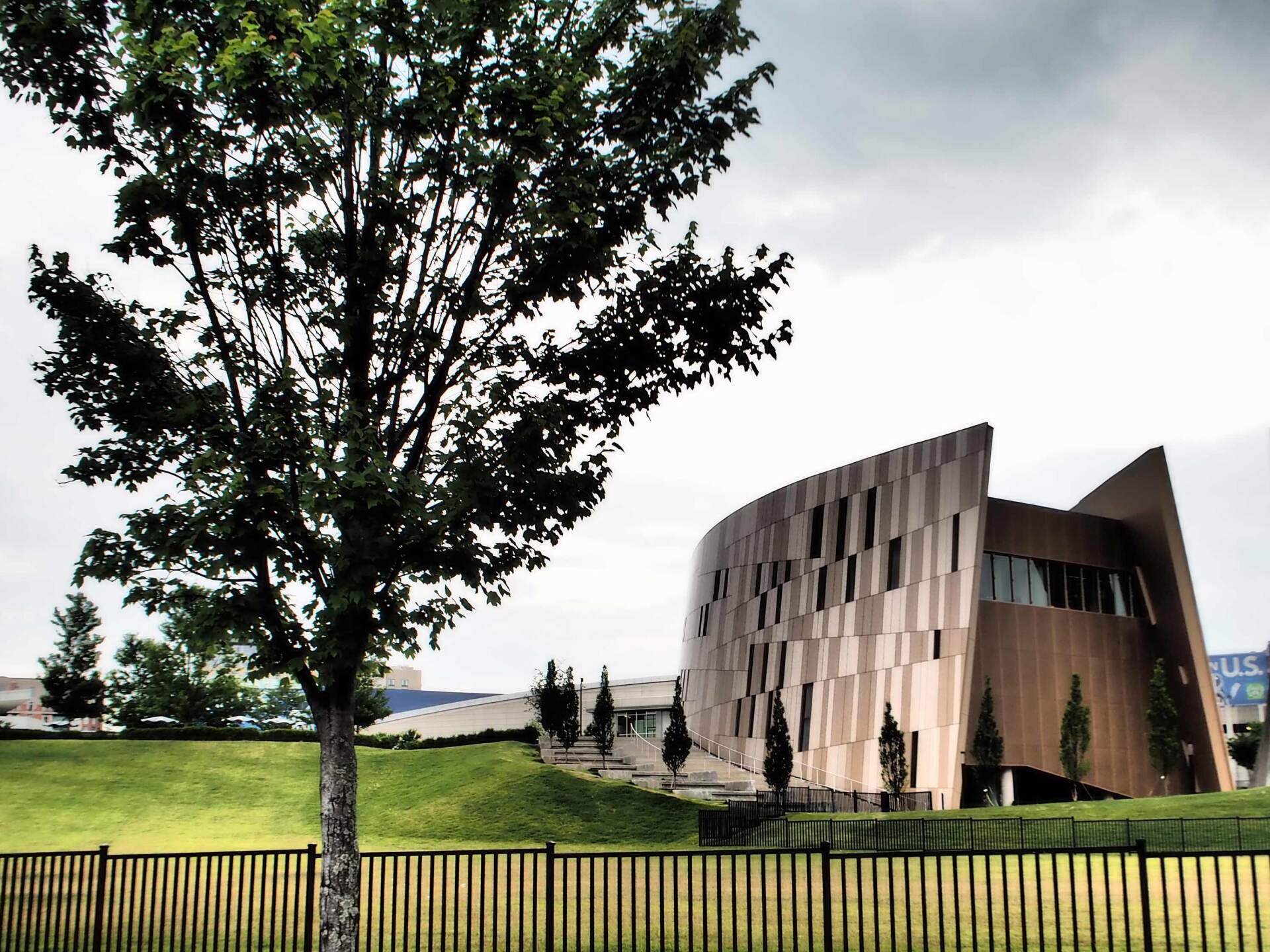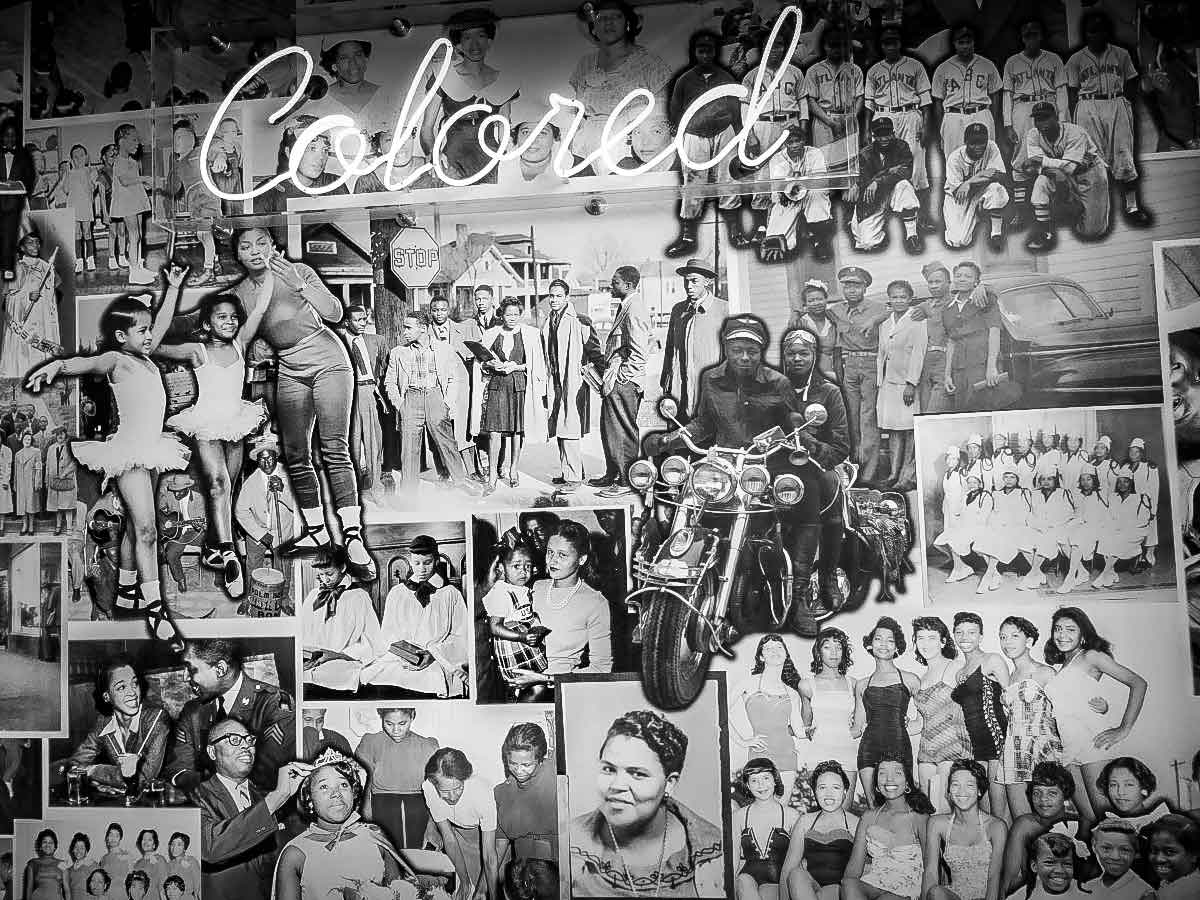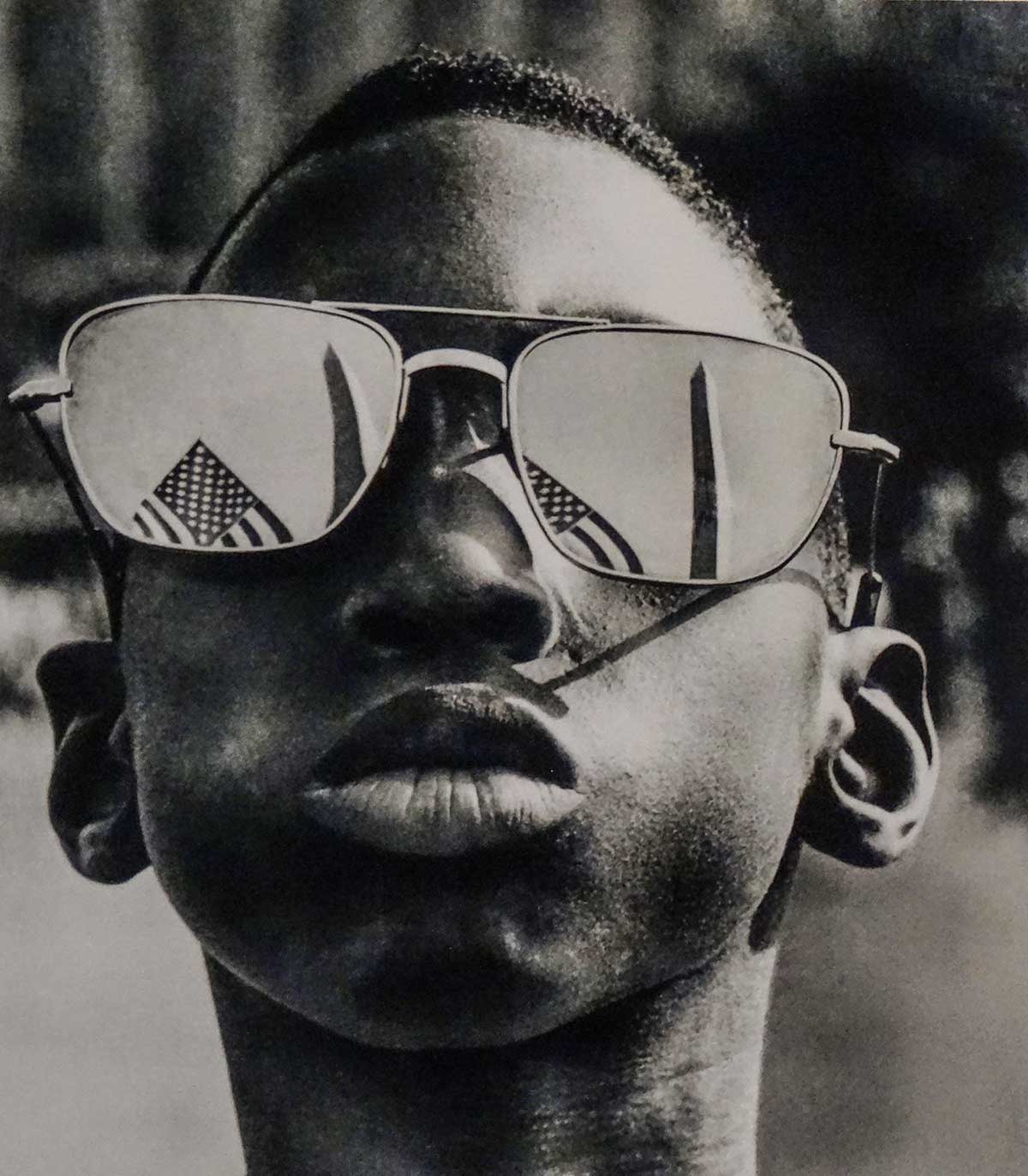Visit The National Center for Civil and Human Rights In Atlanta
Situated in the heart of Atlanta, The National Center for Civil and Human Rights stands as a powerful testament to the enduring spirit of the fight for equality and justice. This pivotal institution invites visitors to go on a journey through the tumultuous history of the civil rights movement.
In this blog post, we will delve into the reasons why a visit to The National Center for Civil and Human Rights is not just educational, but also deeply transformative and inspiring.
From immersive exhibits to compelling artifacts, the center offers a unique opportunity to engage with history, reflect on the progress made, and contemplate the steps still needed to achieve a just society.
Whether you are a history enthusiast, an advocate for social change, or simply someone seeking to understand the roots of contemporary civil and human rights issues, The National Center for Civil and Human Rights in Atlanta is a must-visit destination that promises to leave a lasting impact on your perspective and awareness.

About the National Center for Civil and Human Rights
The National Center for Civil and Human Rights in Atlanta, Georgia, stands as a monumental tribute to the ongoing global struggle for equality and justice. The idea for the center was conceived in the early 2000s, inspired by the enduring legacy of the American Civil Rights Movement and the universal fight for human rights.
Evelyn Lowery, wife of civil rights leader Joseph Lowery, and former United Nations Ambassador Andrew Young, a close associate of Dr. Martin Luther King Jr., were instrumental in championing the cause for its establishment.
Their vision was to create a space that not only honored the sacrifices and achievements of those involved in the American Civil Rights Movement but also connected their struggles to the broader global human rights movement.
The Center's Location In Downtown Atlanta
The site chosen for the center held deep historical significance, located at Pemberton Place in downtown Atlanta, adjacent to the World of Coca-Cola and the Georgia Aquarium.
This strategic location underscored Atlanta’s role as a pivotal hub in the civil rights movement and its ongoing commitment to social justice.
After years of meticulous planning and construction, The National Center for Civil and Human Rights opened its doors to the public in June 2014.
The Design of the Building for the NCCHR
The architecture of the center itself is a testament to its mission and values. Designed by renowned architect Phil Freelon, the building’s exterior features undulating walls, symbolizing the hands of people coming together, while its interior is meticulously crafted to guide visitors through a journey of understanding and reflection.
The center houses a range of exhibits, including a comprehensive collection of Dr. Martin Luther King Jr.’s personal papers and items, interactive displays that immerse visitors in the intensity of the civil rights movement, and spaces dedicated to contemporary human rights issues. These exhibits serve to educate the public, foster a sense of empathy and solidarity, and inspire action towards positive change.
Visiting The National Center for Civil and Human Rights
Showcasing what could be some of the worst actions taken across the USA over the last few hundred years, the center somehow manages to get the point across very well while not leaving you too distraught.
After visiting the Genocide museum in Cambodia and the Peace Museum in Hiroshima in Japan, I do have to admit I was a little nervous about going to the NCCHR. I don't cope well with the actions of humans on a daily basis, and if you add in some kind of racism or genocide, its not unusual for me to be a blubbering mess.
However, as usual I just sucked it up and bought my ticket.
What you will see in the National Center for Civil and Human Rights
The displays available at the NCCHR change quite regularly, however they do have a few that are always there and these are the ones you should see and experience.
The Civil Rights Gallery
The Civil Rights Movement gallery showcases the people and groups who fought for equality during the 1950's and 60's in America. There is a variety of displays like the walk through gallery that lets you understand the laws and segregation of this era.
The gallery features one wall of life as a white person in Atlanta during this time and the opposite wall is covered with images from life as a black American in the same era.


The Freedom Riders
The next display is a reconstruction of the bus in which the freedom riders rode in Alabama in 1961. There is a short video of the inside of the bus, all the participants are shown and there are some interactive phones you can use to hear stories from the Freedom Riders themselves.

The Lunch Counter
OK this really upset me.
I'm sure for most of us it's pretty confronting, but I was pretty upset by the time I walked away from this display.
This display lets you sit down at a lunch counter with your palms flat on the bench top.
You have noise cancelling headphones covering your ears and you are then assaulted with the words and phrases that were thrown at many non violent protesters of the era.
The bench vibrates to simulate what it must have felt like for the young people who sat at that segregated Woolworths lunch counter in Greensboro.
I found myself forcibly cringing on more than one occasion at the hate that was coming through my headset.
This is a very powerful display and while I'm not sure I would let young children do it, it is a very important part of the center.
The March On Washington
From the lunch counter you move on to a room which celebrates the March On Washington. This is a real celebration.
There are photos and video highlighting the organizers, speakers and the public of the day. My favorite photo from this section is below.
This is Austin Clinton Brown, age 9, of Gainesville, Georgia. The flag in his glasses is a great contrast to the restrictions on his actions and I love this photo. It is reported to have been taken around the time of Martin Luther Kings “I have a dream” speech.

The Three Hymns
This part of the center focuses on the horrible violence that resulted in so many deaths. The purpose here it to learn about what happened and pay your respects to the innocent lives lost in the battle for equality.
Other Exhibitions
There is a global human rights sections which allows you to learn about all the current challenges that people the world over might be facing. It is very concerning that we've come so far and then almost nowhere at all.
The center has different exhibitions that come and go over the seasons and the years. This winter they have an outdoor exhibition dedicated to raising awareness of the plight of the homeless today.
Entry Info and Prices
The center is open from 12~5, Tuesday to Friday & Sunday. Saturday is from 10-5.
Please remember that the last time for entry is an hour before close at 4pm.
Ticket Prices
- Adult (13+): $19.99 +tax
- Youth (7-12): $15.99 +tax
- Senior (65 +): $17.99 +tax
Discounted, Family and Military Prices
Military Discount is available as is Student Discount, however you will need proof of ID for both.
A Family 4 Pack is $64.00 +tax
Would I Recommend The Civil Rights Center In Atlanta?
Absolutely. I would be highly offended if you didn't go, and let me know how long you managed to stick it out at the lunch counter.
It isn't the most comfortable you will be for an hour or so but it is a necessary visit in my personal opinion.

Meet Jenny, a passionate Australian travel blogger who has explored 103 countries to date. With over 30 years of travel experience, Jenny has a wealth of knowledge to share with her readers about the cultures, landscapes, and people she has encountered on her journeys. She's always battling unfashionably frizzy hair and you will never catch Jenny in anything but comfortable shoes. Learn more about Jenny and her travels.
